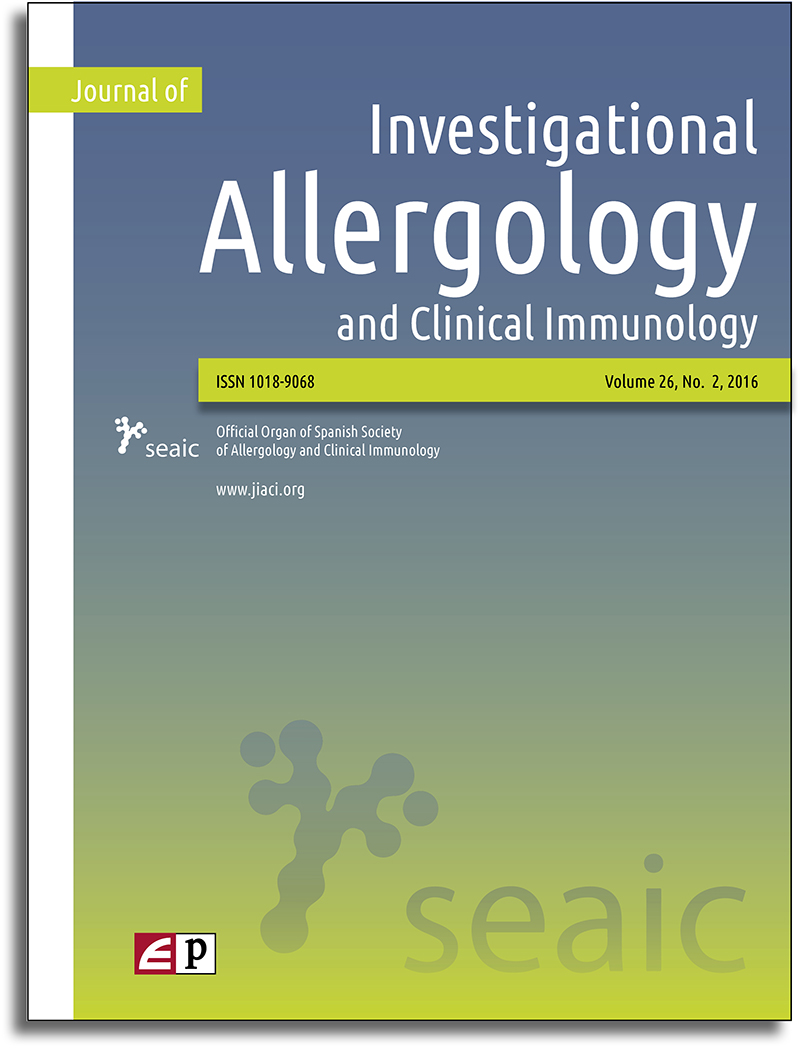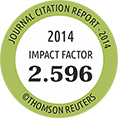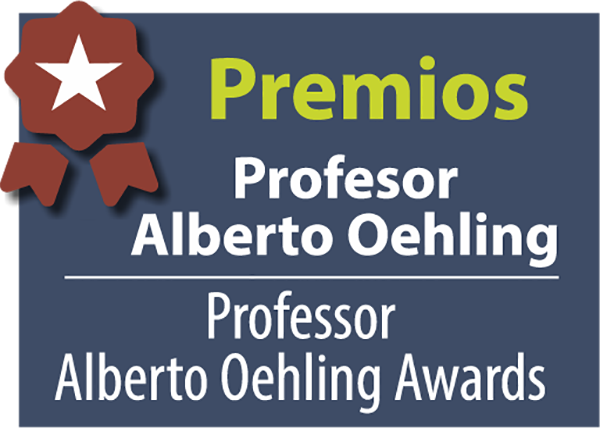Instructions to Authors
The Journal of Investigational Allergology & Clinical Immunology will consider for publication those papers directly related to allergology and clinical and experimental immunopathology.
The journal subscribes to the Uniform Requirements for Manuscripts Submitted to Biomedical Journals (henceforth the Uniform Requirements) of the International Committee of Medical Journal Editors (ICMJE): http://www.icmje.org. Further specifications follow.
The Journal will comprise the following major sections:
Original Articles. Original research papers in allergy and immunopathology, new forms of therapy for allergic and immune disorders, new applications of diagnostic methods, and clinical and experimental studies on the immunopathogenesis of allergic diseases and immune disorders are welcome. Note that a report of a case series may be considered an original article only if there is an explicit objective that motivated the retrospective or prospective (cohort) study, which should include appropriate statistical treatment of the data.
Advice on appropriate sectioning of original articles can be found in the ICMJE’s Uniform Requirements. In those requirements, it is also recommended that certain study designs follow particular structures for optimum reporting. Links to those specific recommendations can be obtained from the ICMJE website. They are the CONSORT statement for randomized controlled trials, the STARD statement for studies of diagnostic accuracy, the QUOROM statement for systematic reviews and meta-analyses of trials, the STROBE statement for observational studies, and the MOOSE statement for systematic analyses and metaanalyses of observational studies.
Practitioner’s Corner. These short papers, which are intended for rapid publication, follow the same structures as longer original articles described above but do not use subheadings or include an abstract. The text is strictly limited to less than 1000 words (please supply a word count), up to 10 references, 1 figure or table, and up to 5 key words.
Editorials and Review Articles. Contributions from specialists in the field are requested by the Editors. Unsolicited reviews will be subject to consideration by the Editorial Board or subject to peer review at the Board’s discretion.
Letters to the Editor. Comments on articles published in J Investig Allergol Clin Immunol are welcome. The letter will be sent to the author of the related article, who will have 4 weeks to answer. After the reply, no further correspondence will be accepted. Letters will be reviewed by the Editorial Board or subject to peer review at the Board’s discretion.
Submission of Manuscripts
Manuscripts can be submitted as a Microsoft Word file or a rich text format (RTF) file at the website: http://www.editorialmanager.com/jiaci. File names should include the corresponding author’s surname.
Each figure should be in a separate document, and the file name for each should include the corresponding author’s surname and a key word that indicates the figure number and manuscript it pertains to.
Author Assurances. A cover letter requesting review by the Editorial Board for publication in the journal should accompany the manuscript and include a statement by the authors(s) confirming that the manuscript has not been published elsewhere and is not under consideration for publication elsewhere, as well as a statement of consent from all the authors.
Conflicts of interest. Authors must disclose any financial or personal relationship which could result in a confl ict of interest with regard to the published article. Even if the authors consider that there is none, they must declare it.
All manuscripts accepted for publication remain the property of theJ Investig Allergol Clin Immunol and are subject to copyright restrictions regarding reproduction. Manuscripts published in or submitted to another journal cannot be considered.
Preparation of Manuscripts
Manuscripts should be typewritten, double-spaced with ample margins on all sides, and with numbered pages, following the ICMJE Uniform Requirements. The word limits for the body of the text, not including abstract, figure legends, or references are as follows: original articles, 3500 words; reviews 5000 (exceptionally up to 7500 words could be accepted); short communications, brief case notes and letters, 1000. (Please supply a word count on the title page.)
Title Page. The first page should contain the full title, a brief running title (not to exceed 40 characters), full name of author(s), institutional affiliation of author(s), and name, mailing address, fax and e-mail of the author to whom all correspondence should be directed. Note the word count and the number of tables and figures. If data have been presented in abstract or poster form at conferences, this information should be noted after the title page, as should funding sources for the study or any author conflicts of interest.
Abstract. Original articles, and reviews require abstracts. The major points of the article should be summarized in to 250 words (original and review articles), in the order of their appearance in the manuscript. Material or facts not cited in the full manuscript should not be included in the abstract. The abstract of an original article should be organized with the following subheadings: Background (optional), Objective(s), Methods (or Material and Methods or Patients and Methods, as appropriate), Results, Conclusion(s). Such structuring is unnecessary for reviews.
Key Words. Three to 8 key words or brief phrases should be included after the abstract for indexing purposes. The Medical Subject Headings used by the US National Library of Medicine’s Index Medicus (MEDLINE) are preferred.
Main Text. For original articles, authors should follow the ICMJE Uniform Requirements for structuring their articles into sections and subsections, as mentioned above.
Tables. Each table should be typed on a separate page after the references. Authors are requested, whenever possible, to construct tables that can be arranged on the page and read in the same direction as the text. Titles should not exceed 2 lines. Information appearing in figures or text should not be included in tables.
Figures. Figures should illustrate important results, and they should be cited in the text. Line artwork (such as graphs) should be submitted as TIFF files, with a minimum resolution of 800 dpi. Other artwork (such as photographs) should be submitted as 250-300 dpi TIFF files. Legends should be included on a separate page in the manuscript, after the references. Figures are published in colour online and black and white in print, so authors must ensure that the colour figure is also intelligible in black and white.
Acknowledgments. When necessary, credit should be given to persons, centers, or foundations that have collaborated in the study. Please also acknowledge help received in preparation of the manuscript (editing services, translation, or other) or statistical analysis. Refer to advice in the ICMJE’s Uniform Requirements.
References. All references should be numbered consecutively throughout the text and enclosed in square brackets placed before punctuation. Journal abbreviations in the reference list should be those of the US National Library of Medicine’s Index Medicus. (See a few examples below.) Complete citation of all the author(s) name(s) should be followed by the complete title of the paper, abbreviated journal title, year, volume, and first and last page number. When citing a chapter from a book, the author(s) name(s) should be followed by the complete title of the paper, title of the book, volume number, editor(s) name(s), address and name of the publisher, year, and first and last page numbers: References (with the exception of review articles) should be limited to approximately 35 for original articles and approximately 10 for the Practitioner’s Corner.
Authors should not submit manuscripts in which Microsoft Word footnoting tools have been used to insert references; if other reference management software is used, authors should remove the hyperlinks before submitting the manuscript.
Following are 3 examples of reference presentation forms. For additional examples, see the US National Library of Medicine’s complete list: http://www.nlm.nih.gov/bsd/uniform_requirements.html.
1. Parameswaran K, Radford K, Zuo J, Janssen LJ, O’Byrne PM, Cox PG. Extracellular matrix regulates human airway smooth muscle cell migration. Eur Respir J. 2004;24:545-51.
2. Global Initiative for Asthma. Global Strategy for Asthma Management and Prevention NIH Pub. No 02-3659, January 1995. Updated 2005. [cited 2006 Oct 24]. Available from: www.ginasthma.com.
3. Marsh DG. Genetic and molecular analysis of human immune responsiveness to allergens. In: Marsh DG, Lockhart A, Holgate ST, editors. The genetics of asthma. Oxford: Blackwell Scientific Publications; 1993. p. 201-13.
Patients’ consent and permission to publish
Studies on patients or volunteers need approval from an ethics committee and informed consent from participants. These should be documented in your paper.
If there is an unavoidable risk of breach of privacy—eg, in a clinical photograph or in case details—the patient’s written consent to publication, or that of the next of kin, must be obtained (document link)
To respect your patient’s privacy, please do not send the consent form to us. Instead, we require you to send a statement signed by yourself confirming that you have obtained consent from the patient using The JIACI patient consent form.
Copyediting and Proofreading
The corresponding author will be contacted by a copyeditor while the manuscript is being prepared for publication, so that the author can approve any modifications suggested. Furthermore, the corresponding author will receive the copyedited manuscript by e-mail with proposed modifications marked on the file, for approval or correction. This process should ensure that the manuscript is both correct and readable, to the author’s satisfaction. If the author is unavailable during this process, publication delay may result.
A minimal number of changes should be necessary on page proofs, which will be sent to the same corresponding author a few weeks later.
Proofs, particularly tables and figures, should be checked against the original manuscript. Proofs not returned in time to meet the publication date will either be rescheduled or published without the authors’ corrections, in which case the Editors do not assume responsibility for any errors that might have been made in typesetting.
Article processing charges
Why does JIACI have article-processing charges?
Open access publishing is not without costs. JIACI defrays these costs through article-processing charges because it does not have subscription charges for its research content. The editorial board instead believes that worldwide, barrier-free, open access to the full text of research articles is in the best interests of the scientific community.
What do the article-processing charges pay for?
Article-processing charges pay for:
- Developing and maintaining electronic tools for peer review and publication.
- Text correction for non-english authors, editing and preparation for online publication.
- Translation of summary into Spanish for non-Spanish authors.
- Securing inclusion in relevant indexing services as soon as possible after publication.
- Securing inclusion in CrossRef, enabling electronic citation in other journals that are available electronically.
How much is JIACI charging?
Original and review articles: 250 euros
Practitioners’ Corner: 100 euros
This payment will be done once the article has been accepted for publication.






